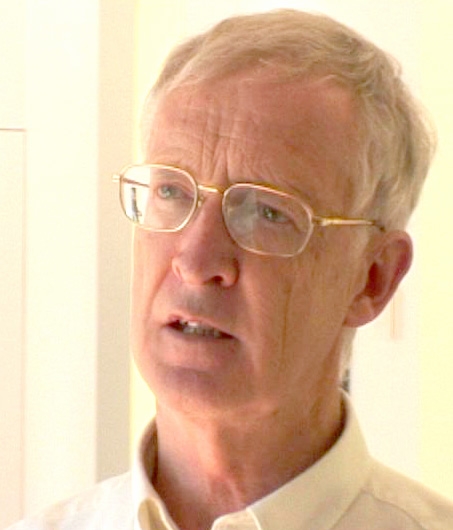Collision risks rising
Tuesday 10 February, 2 satellites collided in space: the Russian military satellite Kosmos 2251, out of commission since 1995, and Iridium 33, an operational U.S. telecommunications satellite, both shattered on impact, generating a new cloud of orbital debris.

“This is the 1st time 2 intact satellites have collided,” says Fernand Alby, who heads orbital debris activities at CNES in Toulouse.
“Although the volume of orbital debris is rising, operators are only just beginning to grasp how serious the problem is. And not all of them have the ability to track orbital debris.” CNES, on the other hand, has developed an advanced debris tracking capability.
The main source of data is currently the U.S. government’s Space Track system, which provides Two-Line Elements (TLEs) for 12,000 catalogued space objects larger than 10 cm. But TLEs are accurate to no more than a few hundred metres. They are used to predict a few days ahead if an object is likely to come within the vicinity of a spacecraft.
Avoidance manoeuvres

That gives CNES enough time to do a more precise risk assessment.
How does its system work? “When a collision risk is identified, a ground radar is cued to evaluate the object’s trajectory more accurately and determine whether an avoidance manoeuvre is necessary,” explains Fernand Alby.
This procedure has been in place since July 2007 for 15 satellites under CNES’s control. Two other satellites in geostationary orbit are also being tracked experimentally.
CNES performs 3 to 4 avoidance manoeuvres a year. But the Iridium satellite was unable to avoid a collision, for reasons still unknown. “Iridium operates a fleet of 66 satellites, plus in-orbit spares, which obviously generates a lot of alerts,” says Fernand Alby. “Maybe this one just slipped through the net.”
“We’ll never be able to avoid collisions completely,” affirms Fernand Alby. “And the recent collision is going to increase the threat to satellites orbiting at 700 to 900 km.” That means more work in store for CNES’s engineers.

